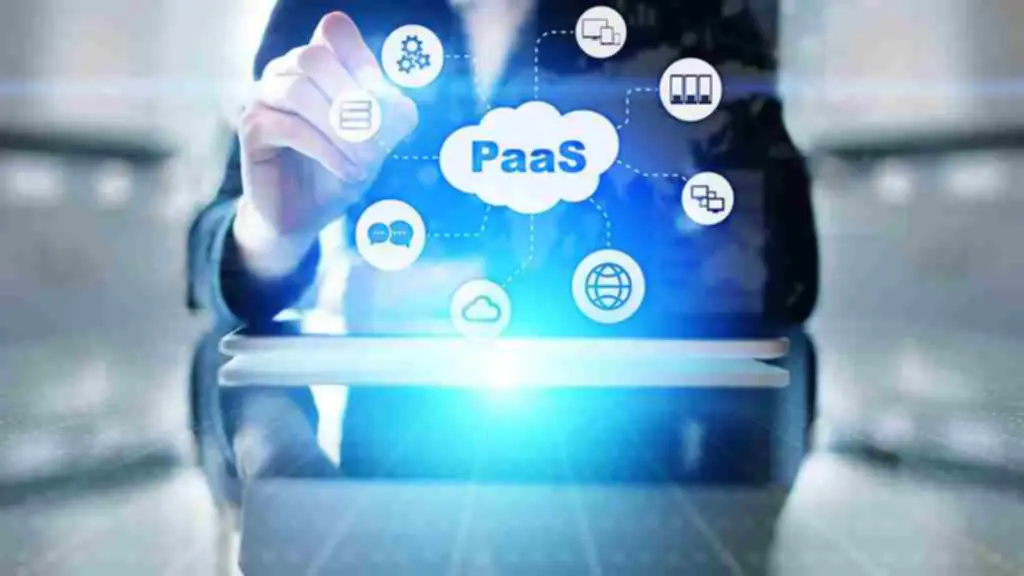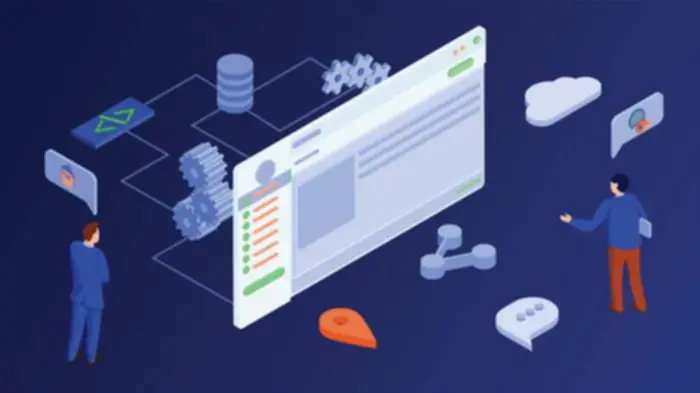With high flexibility, customers can integrate any data, relying on their wants and finances, by way of APIs. Integration ensures seamless cooperation between different purposes and knowledge, especially crucial in IoT, where it bridges IoT devices, knowledge, and platforms with conventional IT belongings like enterprise apps and legacy information. The strategy employs middleware solutions (e.g., ESB, iPaaS, and ETL tools) to sort out IoT connectivity and backend integration. Specialists provide in depth services for numerous hybrid integration platform integration needs, together with data normalization, adapters for various methods, help for IoT protocols like MQTT, occasion streaming, and workflow orchestration to streamline process integration. We are used to the integration time period, which refers to the process that connects and syncs information between enterprise purposes.

What Can Roma Do In Your Enterprise?

This is integration methodology helps combine few applications in a centralized middleware and handle the related systems. Mostly, centralized HIP implementation is integrated by small to mid-sized groups with comparatively simple hybrid integration necessities. Hybrid Integration Platforms (HIP) are important in today’s digital landscape, bridging the gap between traditional and cloud-based IT systems.

The Method To Remove Information Discrepancies Between Partners And Providers
- It’s a listing so you are in a position to do your analysis easily and start your analysis course of collectively along with your group.
- Connecting business-critical functions (both internally and externally) and enabling seamless real-time knowledge sharing are important enterprise goals.
- Does your small business value steady storage on-premises techniques, or would you favor to shift totally to the cloud?
- Reduce your growth overhead by connecting disparate SaaS within the fraction of time.
- Additionally, they’ll offload non-critical workloads to the cloud, releasing up on-premises resources for mission-critical duties.
Hybrid integrations help organizations obtain better performance by processing data close to its source (on-premises) while leveraging cloud assets for tasks that require excessive scalability and computing energy. A good Hybrid Integration Platform ought to be in a position to combine multiple systems at ease throughout environments and maintain all of them in synchronization. The HexaSync platform allows customers to easily observe data from the supply to the vacation spot system. Therefore, businesses can simply detect errors, know the trigger of the problem, and even fix the error themselves if it isn’t knowledgeable technical error.
Automation Success With Digital Cloud Services Platform (dcsp)

Fiorano helps a extensive range ofconnectivity choices, including APIs,messaging techniques, databases, filetransfers, and various protocolssuch as HTTP, FTP, AMQP, MQTT, etc.We can combine with bothcloud-based and on-premisessystems. Fiorano provides a visible interfaceor a workflow engine to design andmanage complicated integration flows.We support course of orchestration,workflow automation, exceptionhandling, and error recoverymechanisms. We supply options likeload balancing, clustering, andhorizontal scaling to supportgrowing integration needs.
As mentioned, hybrid integration is primarily applied as a solution for companies to connect their on-premises legacy techniques with the newly rising cloud environments. On the opposite hand, the iPaaS is designed as a next-gen, cloud-based integration resolution that excels at swiftly integrating the latest SaaS (Software as a Service) options and cloud apps for digital commerce. Cloud integration platforms are more and more embedded in SaaS and other purposes, providing integration as a service.
They excel at connecting varied cloud-based purposes, offering fast integration capabilities, pre-built connectors, and a user-friendly interface. This makes iPaaS a beautiful option for businesses which would possibly be predominantly working in the cloud. However, in terms of deeply entrenched on-premises systems, you may face challenges with an iPaaS platform. With HIP, software integration is usually viewed by way of a broader lens, encompassing each conventional on-premises methods and contemporary cloud-based options.
The main decision you have to make is whether or not you buy a device and you design all the connections by yourself or if you’d outsource the work completely to a vendor that provides managed integration companies. These forms of cloud solutions take components and pieces from each of the cloud infrastructures they’re based mostly within. Openlegacy’s B2B resolution makes it easier for the mixing specialist to parse metadata from on-premise systems and use templates to generate commonplace Java, .NET, C#, Node.js, Python, Kotlin, etc. code, or even low to no code in any respect. Thanks to our streamlined and simplified approach to accessing data from backend systems, you’ll be succesful of accelerate your time-to-market speeds by at least 10 instances.
A HIP answer may be perfect for older enterprises that wish to keep the technical and support aspects of their present legacy methods while still reaping the benefits of cloud-based storage. For newer organizations, as properly as those who already function fully in the cloud, iPaaS could also be best. The figuring out factor could additionally be your comfortability with a learning curve (HIP) vs simplicity (iPaaS). The major advantage of utilizing a Hybrid Integration Platform is that it is an all-in-one, complete solution to integrate all of your data sources, no matter where your information is stored. Choosing a HIP eliminates the want to spend cash on multiple information platforms to construct dependable dynamic integrations.
“Cloud” systems means the systems that are running on public cloud which runs on vendors own information centers (or public Iaas cloud corresponding to EC2, Azure or GCloud) and fully managed by the seller. Sometimes customers might get some admin privileges, however it’s most of the time the seller who does the upkeep of the system. These options give consideration to cloud purposes solely and due to this fact want a separate HIP that supports on-premise techniques. OpenLegacy’s HIP is good for organizations with business-critical data in both on-premise functions and the cloud, or organizations which have all their data within the cloud and wish an on-premise-focused solution. Outside of the OpenLegacy Hub, OpenLegacy presents instant integration choices for your core, on-prem, and legacy techniques too.
This enhanced information evaluation informs crucial business choices, leading to optimized routes, lowered gas consumption, and improved operational performance. Hybrid Integration Platforms present companies with strong security measures to guard sensitive data whereas additionally ensuring that integrations comply with industry-specific or regional regulations. O bolster safety measures, it is advisable to integrate various tools, corresponding to NordVPN. This proactive strategy ensures adherence to industry-specific or regional rules, affording an additional layer of protection for sensitive integrations, notably when transmitting information over public networks.
With HIPs, organizations could make sense of the information they generate or process and derive actionable business insights that enhance efficiencies. In different words, a hybrid integration platform should present organizations with all the tools they need to make it easier and simpler to integrate knowledge and applications throughout any on-premises and multicloud setting. With knowledge silos damaged down, companies have an unimaginable opportunity to show their information into actionable insights, allowing them to make higher selections sooner. Its strength lies in its ability to attach with each legacy enterprise systems and newer cloud-based platforms. For occasion, a enterprise utilizing a conventional ERP system alongside a modern cloud-based CRM would discover HIP advantageous. IBM espouses an method that differentiates API management from microservices management but additionally combines the two to offer greater than the sum of the elements.
